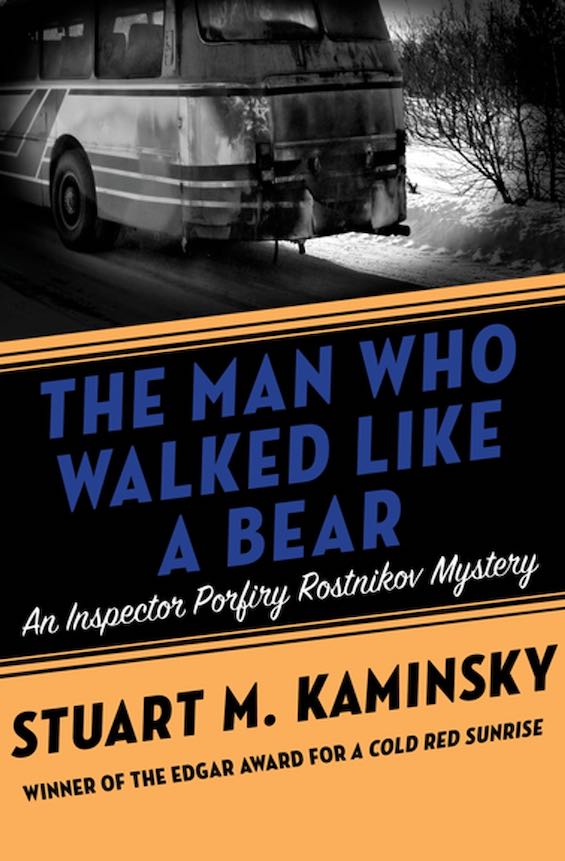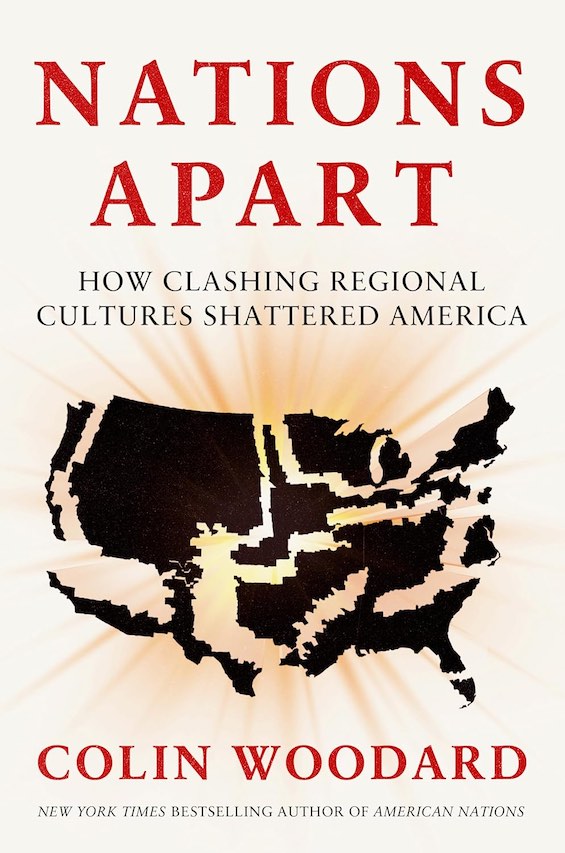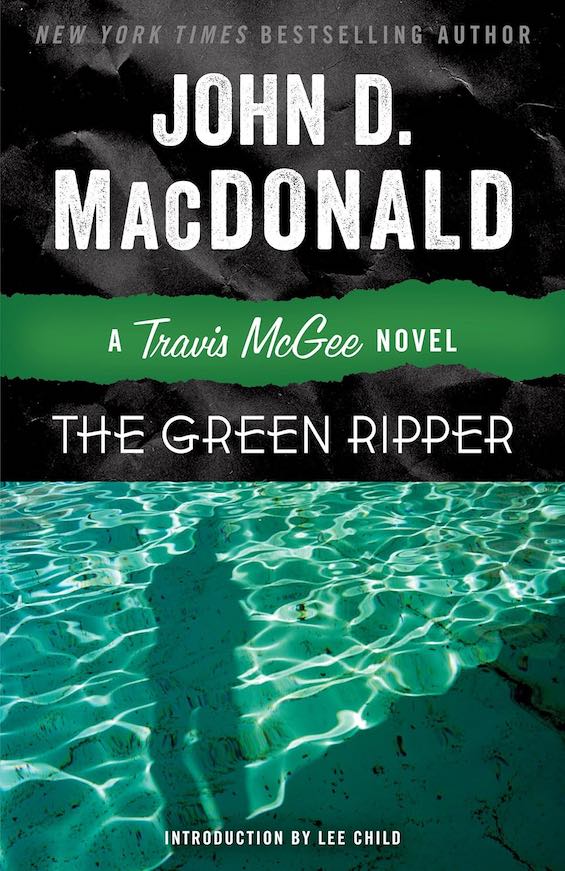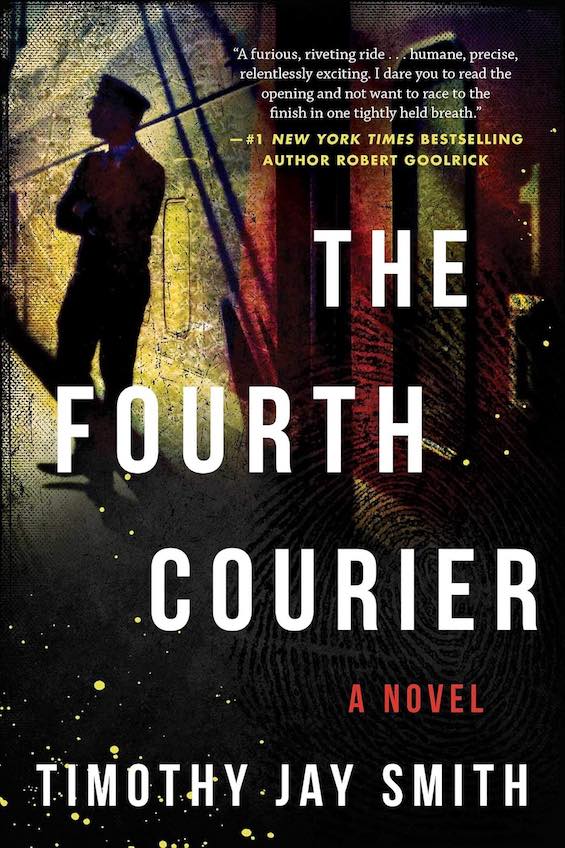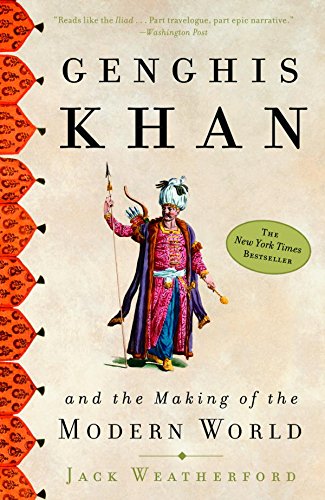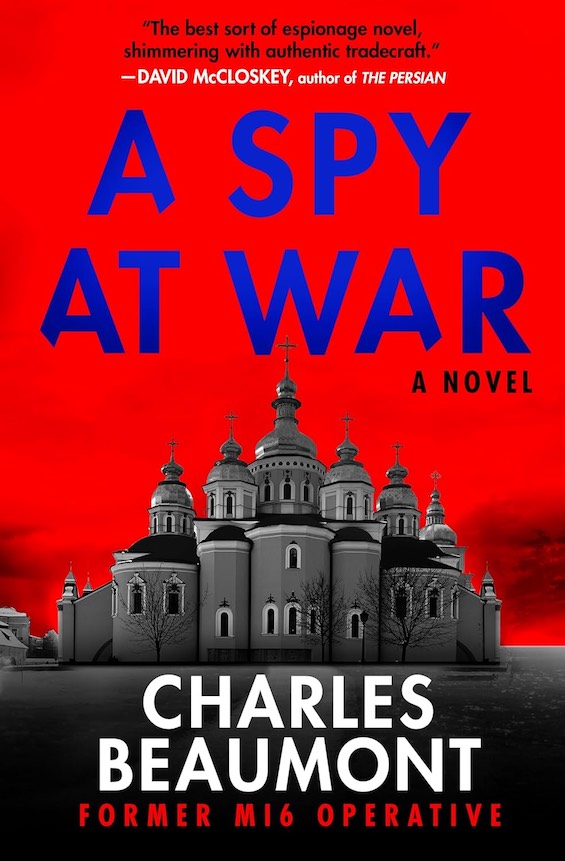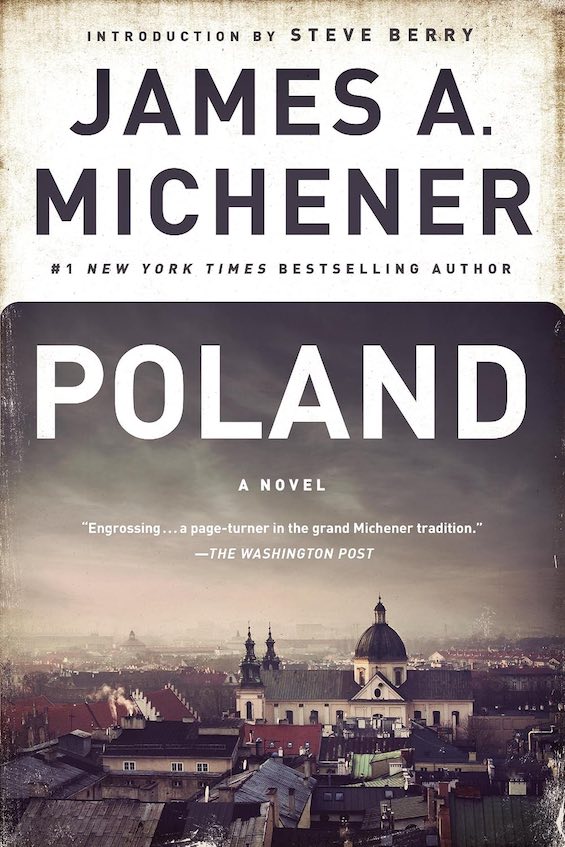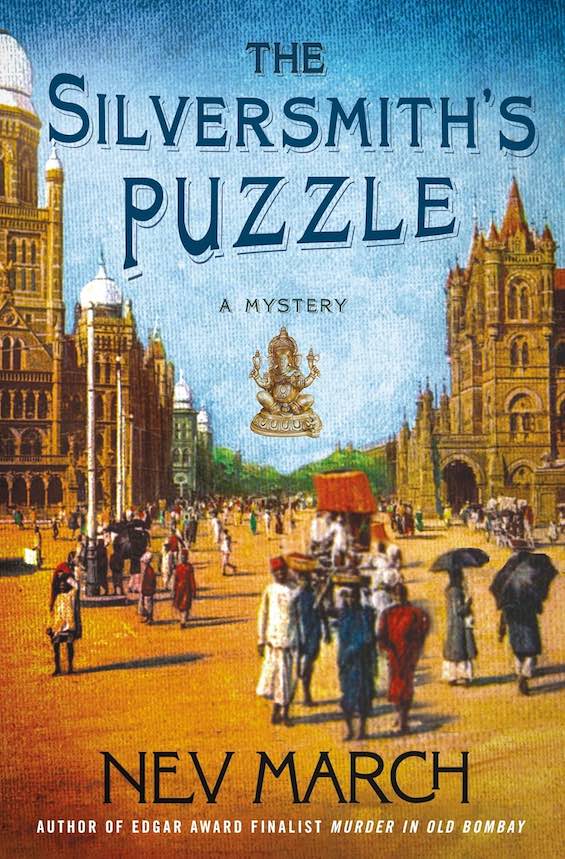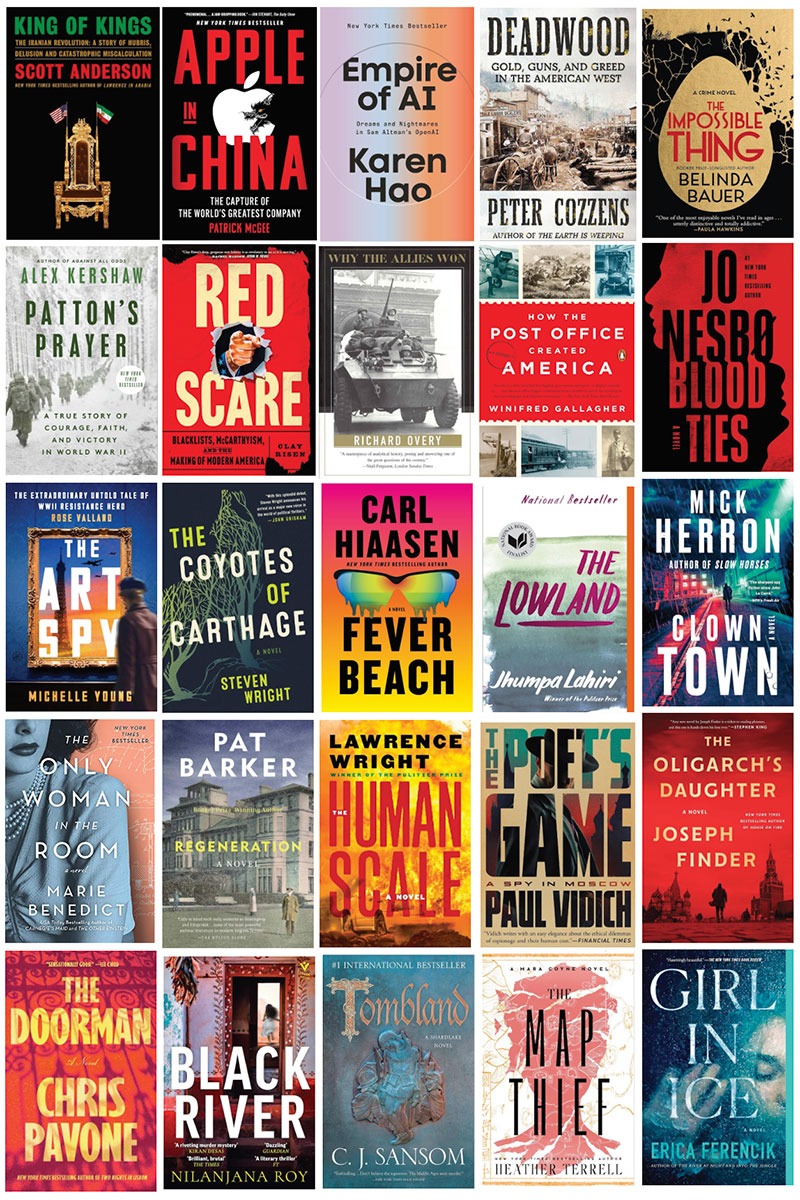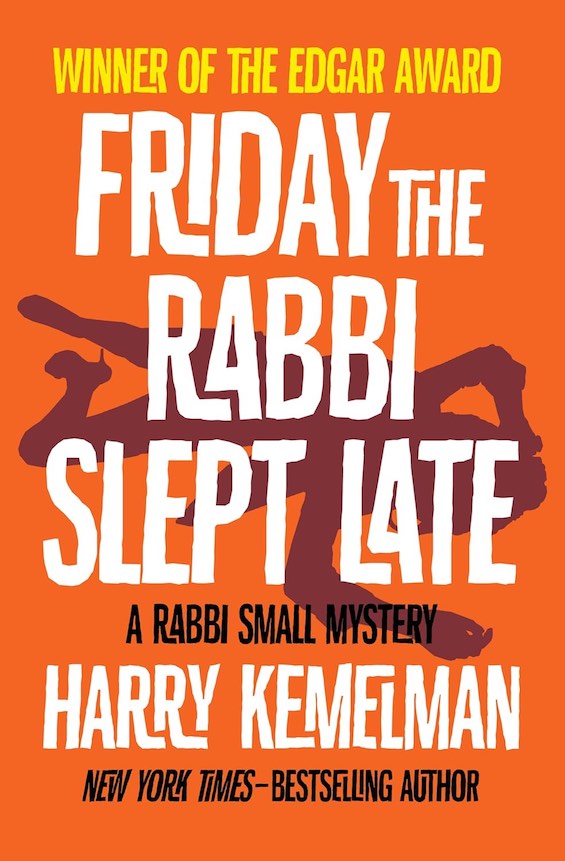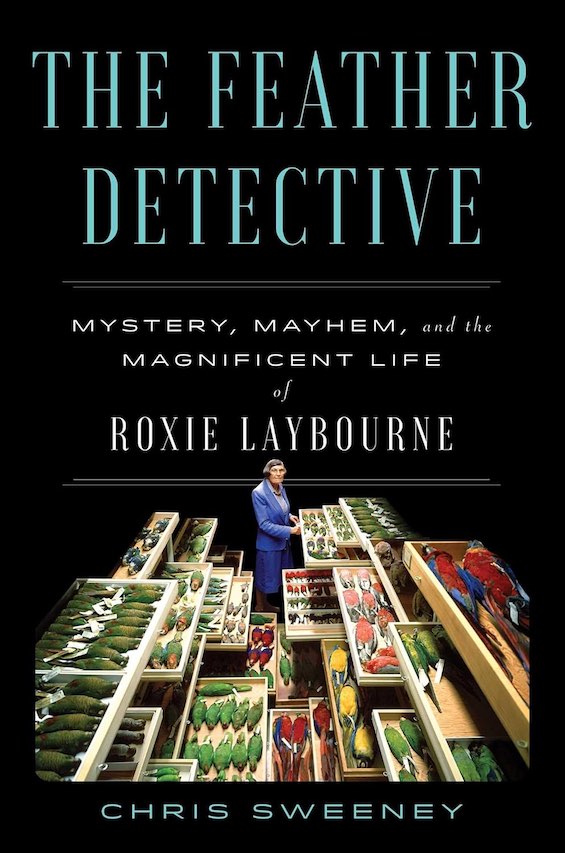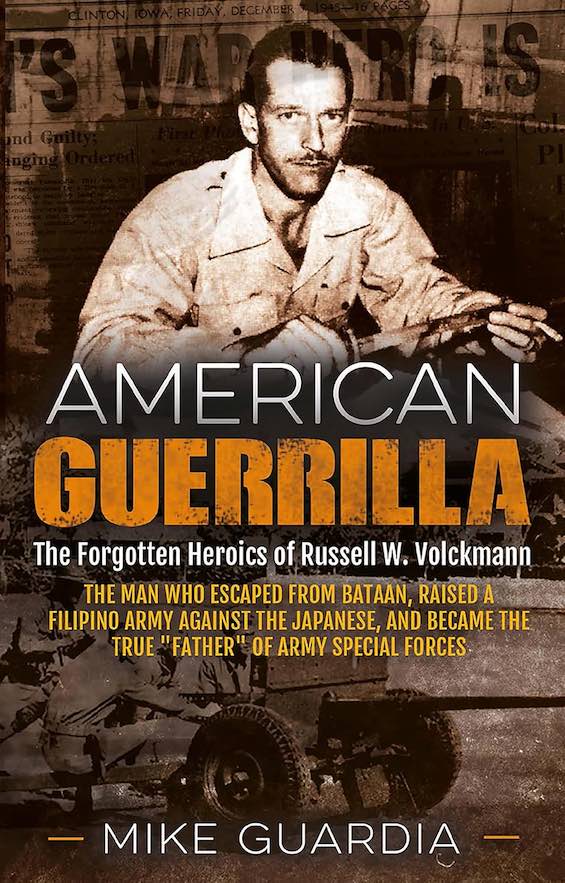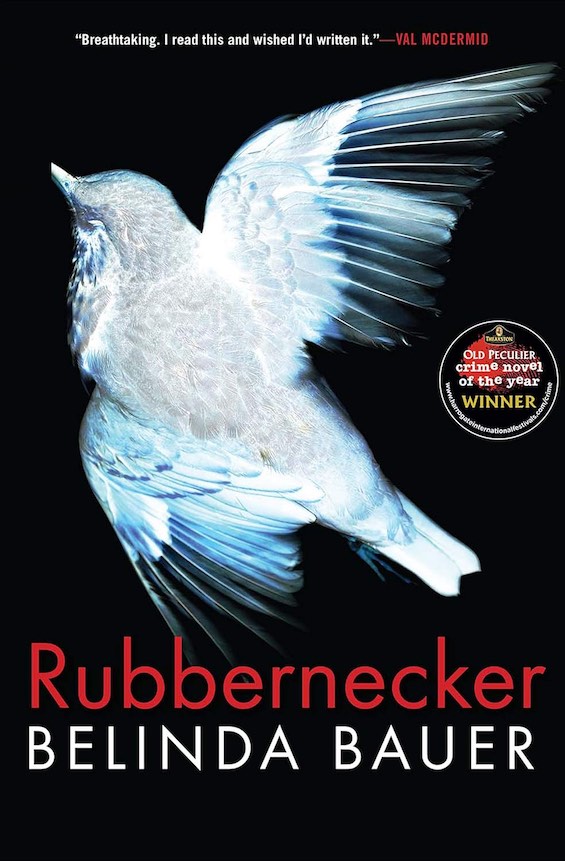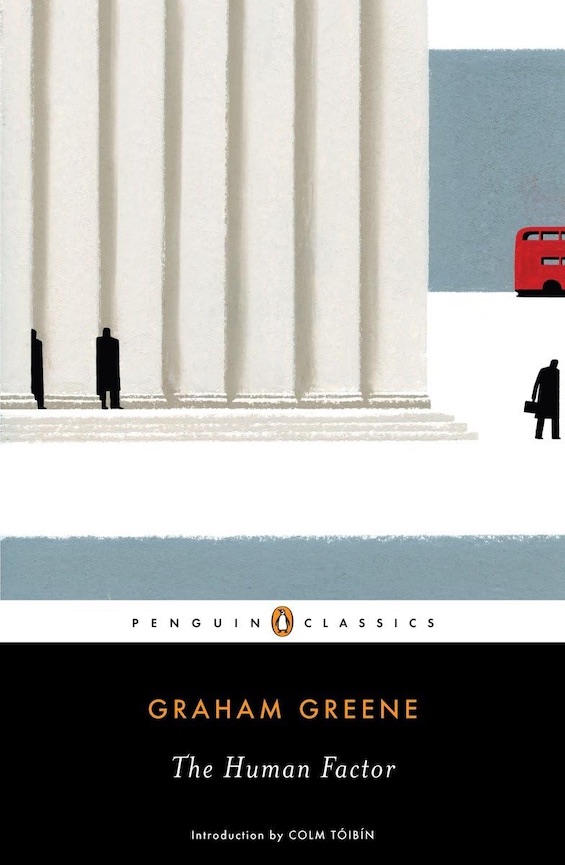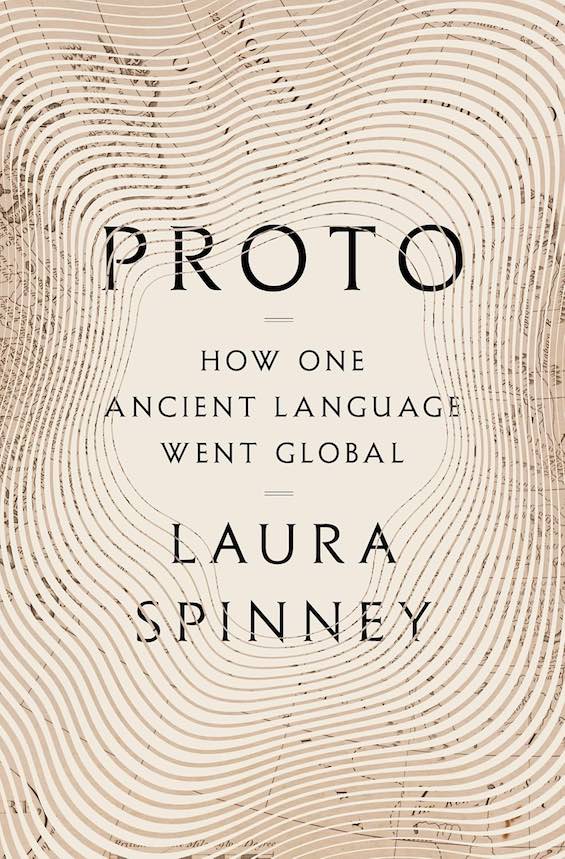Most Americans have read about “the Russian Mafia.” But organized crime in Russia bears no resemblance to the Mafia as we have come to know it through the Godfather and The Sopranos. Instead, there are mafias. And there are the former Communist apparatchiks dominating the Kremlin, many now billionaires. This is “the Russian mafia” in the news media. But the mafias known to the police are gangs organized around ethnicities such as the Tatars and the Chechens or other identities such as ex-prisoners. And, like youth gangs, they’re more likely to fight each other over turf than to work together. This reality comes into sharp focus in The Dog Who Bit a Policeman, as two of the mafias threaten a gang war in Moscow. The book is the twelfth of the sixteen novels in Stuart Kaminsky’s outstanding series of police procedurals that span the years from 1980 to 2008.
Moscow is awash in crime, in the Kremlin and on the streets
Chief Inspector Porfiry Petrovich Rostnikov leads a small team in the Office of Special Investigations. In the 1980s, the final decade of Communist rule, he had gained a reputation as a crack investigator in the office of the Procurator. Because he insisted on pursuing wrongdoers, whoever they were, he had run afoul of the KGB. Now, after another decade had elapsed, the senior KGB officer who had bedeviled him was leading the Office of Special Investigations. But Colonel Yaklovev has turned out to be an improvement over the “Gray Ghost” who preceded him. He has promoted Rostnikov because he knows the investigator will make him look good. But the able men (and one woman) on Rostnikov’s team also play major roles in the office’s growing reputation. And they may have met their match in the mafias that command Moscow’s streets.
The Dog Who Bit a Policeman (Inspector Porfiry Rostnikov #12 of 16) by Stuart M. Kaminsky (1998) 288 pages ★★★★☆
Who killed that mafia soldier?
The Dog Who Bit a Policeman opens in Marseilles. There, three French gangsters plot to seize control of the rackets in Moscow. In the Russian capital, two fierce mafias are facing off against each other in what promises to become a gang war. And it all comes to a head over competing dog-fighting operations. Because a hit man in one mafia, the Chechens, has turned up brutally murdered. And its leaders blame the Tatars. Fearing that the explosive situation will lead to the deaths of many innocent people in the crossfire if the two mafias go after each other, Rostnikov sets out to negotiate a truce. Because the evidence suggests an outsider is trying to provoke a war between them.
Meanwhile, others on Rostnikov’s team are engaged on assignments of their own. In pairs, they infiltrate the dog-fighting racket, work with a mad pathologist to investigate the hit man’s murder, and attempt to track down a missing pro-Yeltsin member of the Russian Congress who may have committed a murder when on an alcoholic bender. And all the while these characters fight their own intrusive demons.
Rostnikov’s colorful backstory
In the Great Patriotic War (1941-45), when he fought as a boy of fifteen, a German tank ran over Rostnkov’s right leg, and he has recently been fitted with a plastic prosthesis. To compensate for the weakness in his leg, he had long ago turned to weight-lifting. Now, in his fifties, he is consistently a champion at his sport. His nickname is “the Washtub,” a reference to his unusually broad chest and shoulders.
Years ago, Rostnikov grew frustrated with the failure of the management of the apartment building where he lives with his wife to fix the plumbing, which is constantly seizing up. So Rostnikov studied plumbing in books, and he’s now the go-to guy in the building whenever any of the residents have a plumbing problem. At these tasks, he shows the same problem-solving smarts that he brings to his work battling crime in the MVD (Ministry of Internal Affairs). But it’s relaxing for him.
Rostnikov’s wife, Sarah, is Jewish, so their son, Iosef, is designated as Jewish, too—a disadvantage to his as well as his father’s careers. (He’s a veteran of the war in Afghanistan and has recently joined Rostnikov’s team as a junior investigator.) Recently, Sarah had undergone surgery for a life-threatening brain tumor. Though she’s now recuperating nicely, the tumor seems to have reappeared, and she faces surgery once again. As Rostnikov sets out to prevent a gang war on Moscow’s streets, he is preoccupied with worry about the woman he dearly loves.
About the author
Stuart Kaminsky (1934-2009) wrote two other long-running crime series as well as the sixteen Inspector Rostnikov books. This, in a total output of sixty-three novels and eleven non-fiction books as well as other works in a career spanning the three decades from 1977 to 2009. Kaminsky was a professor of film studies at Northwestern University and then Florida State. He was married and the father of two sons.
For related reading
I’m reviewing this whole series in chronological order. You’ll find a guide to the series, as well as my reviews of the preceding eleven books, at Police procedurals spanning modern Russian history. And you’ll find this book in good company at The best police procedurals.
You might also enjoy my posts:
- 26 mysteries to keep you reading at night
- Top 10 mystery and thriller series
- 20 excellent standalone mysteries and thrillers
- 30 outstanding detective series from around the world
- Top 20 suspenseful detective novels
- Top 10 historical mysteries and thrillers
And you can always find my most popular reviews, and the most recent ones, on the Home Page.





